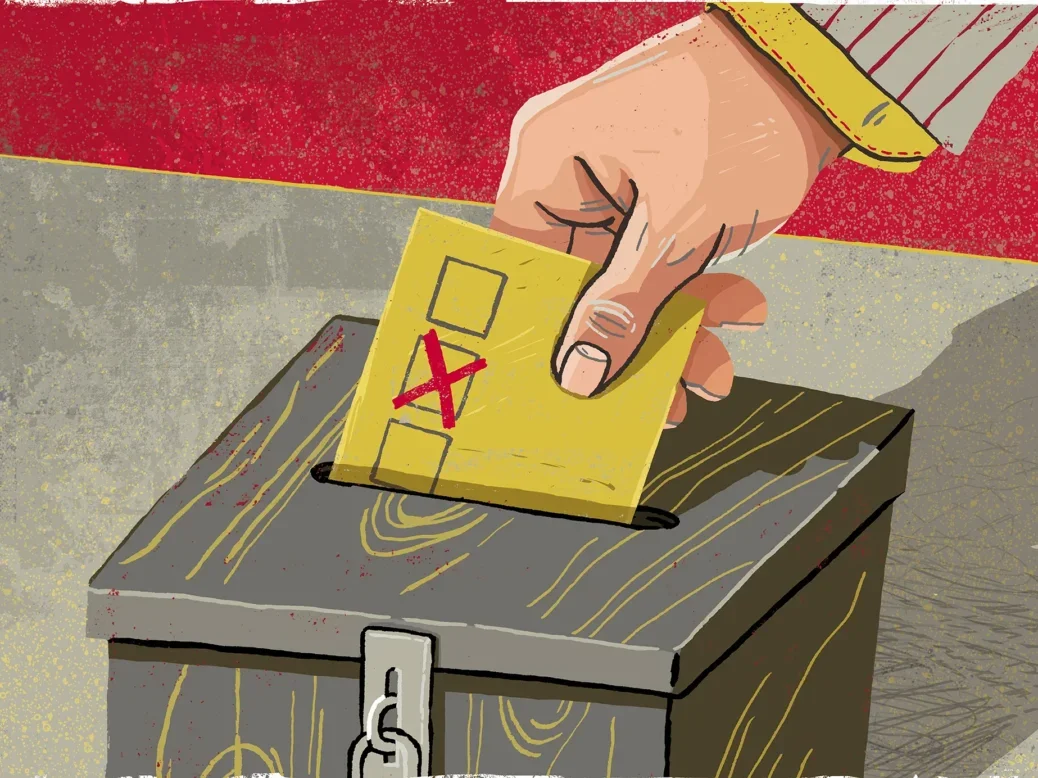
Polls make assumptions. If you say that you voted Conservative in 2019 but that you’re now unsure, you won’t be counted among those certain to vote for the party. And that makes sense. You are, after all, an uncertain voter. Sometimes you may be asked a follow-up question about whether you’d vote if it was a legal requirement even if, generally speaking, you’re out of the equation. Some writers, tired of overusing the same terms, might categorise you as part of the apathetic class.
History tells us that, come election day, such assumptions often don’t hold. The vast majority of those uncertain of their vote return to their home party by polling day. We saw this with Conservative voters in 2015: most of those who declared for apathy, or at one point said they would support Ukip, throughout the 2010 parliament returned to the Tories. And we saw this during the New Labour years too. Tony Blair’s supporters may have stayed at home during local elections but they loyally turned out for national ones.
Labour’s current poll lead is predominantly due to apathetic Conservatives, not new supporters. Few have directly switched to Labour, though that number has steadily risen in recent months. That means that Labour’s lead may be more vulnerable than it appears. If 90 per cent of apathetic Tories return home by the next election, then Labour’s lead wouldn’t be eight or nine percentage points. Indeed, in some instances, it might not have a lead at all.
Enter Opinium. The pollster’s recent decision to change how it treats undecided voters represents a break with most of the field. The latest Opinium survey, carried out last week, would have resulted in a ten-point Labour lead under the old methodology. The new model, which attempts to project who will actually vote on election day, and includes more respondents who don’t pay attention to politics, gives Labour a lead of three points.
The implications from this poll are clear. The greater the attention paid by respondents to politics, the greater the lead for Labour. Low-attention voters are less likely to be certain of voting for Labour but it would be wrong, I think, to assume they will be more forgiving of the Tories. Opinium’s efforts at transparent self-reflection are commendable and it would be healthy for other pollsters to follow this example. But is Opinium right? Is Labour’s lead closer to three points than ten points? The assumption that undecided voters will eventually return to their home party is steeped in some historical truth but there’s a pretty important instance when this didn’t prove to be the case.
In 1997, according to calculations by the electoral geographer Ron Johnston and colleagues, 26 per cent of those who had voted Tory in 1992 stayed at home. Labour’s landslide was in part the result of Conservative apathy. While it would be highly presumptive to suggest we’re on course for another 1997, we are in new waters. Voters are more volatile today than they have been at past elections. With tribal loyalties in tatters, and “coming home” an increasingly irrelevant concept, the potential for voters to switch sides or stay at home is perhaps greater than ever before. This may be amplified further when the reputation of the leader of the party with the most undecided voters (ie the Conservatives) is in tatters.
This shouldn’t discredit Opinium’s efforts, however. History is still on the side of undecided voters returning home, and it’s positive that a pollster is trying to account for this. Yet historical precedent, while worth heeding, is probably not as foolproof as it was before. In other words, Labour probably isn’t leading by three points or ten points: it’s somewhere in the middle.